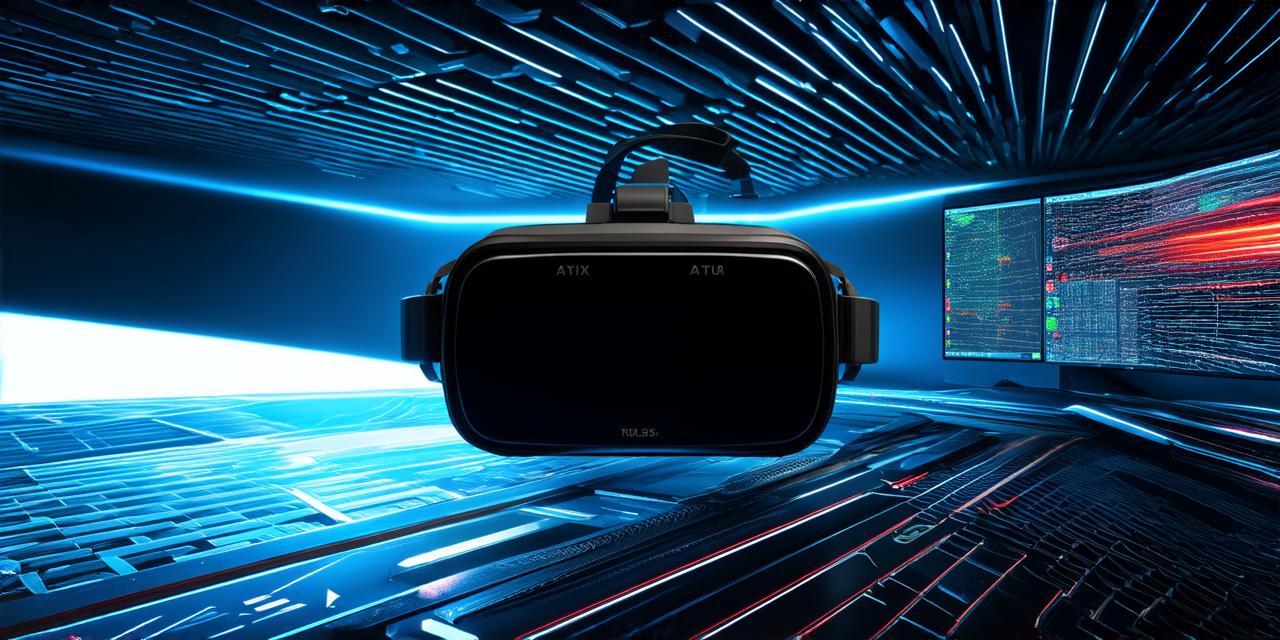
What is used in virtual reality?
Virtual reality (VR) technology has been rapidly advancing over the past decade, with various devices and technologies being developed to provide immersive experiences to users.
Table of Contents
ToggleDevices and Equipment Used in Virtual Reality
There are several devices and equipment used in VR technology. The most common devices include:

- Head-Mounted Display (HMD): This is the device that users wear on their heads to experience the virtual environment. It typically includes a screen, sensors, and tracking technology to monitor the user’s movement and position.
2. Motion Controllers: These are handheld devices that track the user’s movements and allow them to interact with the virtual environment. They typically include buttons, triggers, and sensors to detect the user’s gestures and movements.
3. Tracking Sensors: These sensors are placed around the user’s environment to track their movement and position in real-time. They use various technologies such as infrared, ultrasonic, or magnetic fields to detect the user’s location and orientation.
4. Computer: The computer is responsible for rendering the virtual environment and providing the data to the HMD and motion controllers. It typically requires a powerful processor, graphics card, and sufficient memory to handle the demands of VR applications.
5. Content Creation Software: This software is used to create virtual environments, objects, and characters that are used in VR applications. It typically includes tools for modeling, texturing, animation, and scripting.
The Technology Behind Virtual Reality
Virtual reality technology relies on several key technologies to provide an immersive experience to users. These include:
- Stereoscopic Display: This technology uses two screens to display slightly different perspectives from each eye, creating the illusion of depth and 3D.
2. Tracking Technology: As mentioned earlier, tracking technology is used to monitor the user’s movement and position in real-time. This allows the virtual environment to adjust to the user’s movements and provide a more realistic experience.
3. Haptic Feedback: This technology provides tactile feedback to the user, allowing them to feel sensations such as touch, vibration, and force.
4. Motion Capture: This technology captures the user’s movements and translates them into virtual actions in the game or application.
5. Computer-Generated Imagery (CGI): CGI is used to create the virtual environment, objects, and characters that are used in VR applications. It typically involves 3D modeling, texturing, animation, and lighting.
Summary
Virtual reality technology has come a long way over the past decade, with various devices and technologies being developed to provide immersive experiences to users. To create a realistic virtual environment, designers and developers must use several key technologies such as stereoscopic display, tracking technology, haptic feedback, motion capture, and computer-generated imagery. By combining these technologies, VR provides an unparalleled level of immersion that can be used for gaming, education, training, and more.

